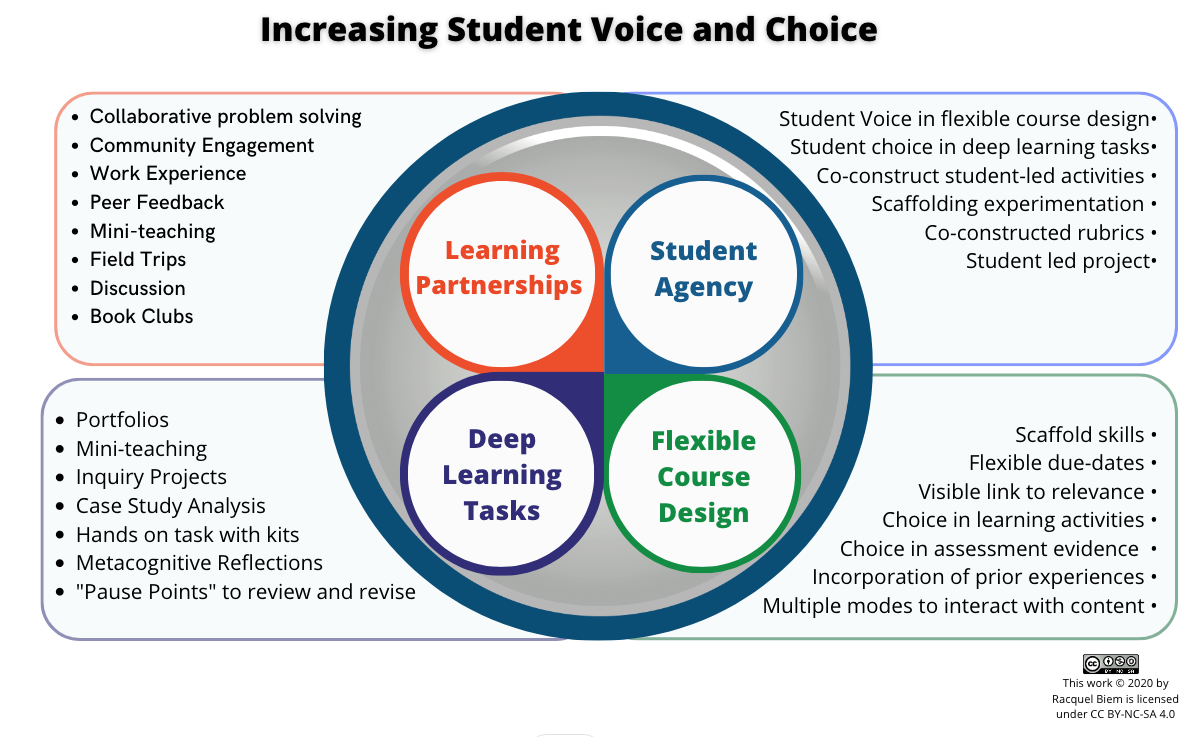A Lesson In “Not Imposssible”
But what if it was not impossible?
What if the needs I perceived in my students and in my goals could be met?
Inspiration is offered by Mick Ebeling and the Not Impossible labs through their work that began when they heard of a boy named Daniel, an individual with a particular need, and then asked the question “what if this is not impossible?”. After pulling together a team to think through and test possibilities, they found a solution that worked. The created solution not only gave Daniel, an arm it is changing a community – “help one, help many.”
Meet Daniel or hear Mick speak of creating an eyewriter for graffiti-artist TEMPT
What if what will help one will help many? Who is your Daniel?
My Daniel is Sara (pseudonym), the 2nd year psych student I taught back in 2005 who wanted to learn statistics and needed to succeed in her honour’s program, but was afraid of math. I began developing explanations for Sara (e.g., is the differences between groups larger than the difference within groups?). The rationale and analogies allowed Sara to see the function of a t-test, know when to use it, and know what information is needed first and then what math to use to compute a t statistic. My approach became to link a statistical test’s purpose, function, and formula by pairing the mathematical formula on the board with a description of its purpose – specifically, why this test might be used. I then illustrate the functional patterns that I would look for noting the variables of the formula they represent.
For example, I would show the formula for a Pearson correlation and describe its purpose of determining to what extent two variables are related. The Pearson correlation functions by detecting co-occurrence, such as when survey respondents answer two questions similarly. If variable A is rated highly, is variable B? The analogy I use is pair dancing – if they are in sync they get higher ratings (closer to 100 or in this case 1.0). The math reflects this purpose and function by the numbers it uses and generates.
The resulting cognitive framework scaffold of purpose-function-math not only helped Sara to face and complete assignments, it helped her classmates compare statistical tests and better understand when to select them. Since then, I have continued to develop materials and teach sessions locally, nationally, and internationally on statistics for individuals with no or little background in math and stats. The approach that was designed to meet Sara’s needs now benefits many.
A key part to the Not Impossible Lab’s success is identifying a collection of others who have the knowledge or skills needed to make the impossible not impossible. Mark needed knowledge of prosthetics and access to equipment. I talked with individuals who disliked and struggled with statistics, as well as those used statistics daily. What do you need? And who among our community of excellent educators, librarians, course (re)designers, curriculum discussion facilitators, mentors, students, and the wider community, will be on your team?
I would love to learn of your experiences of Not Impossible and wrestling with the “seems impossible”!

